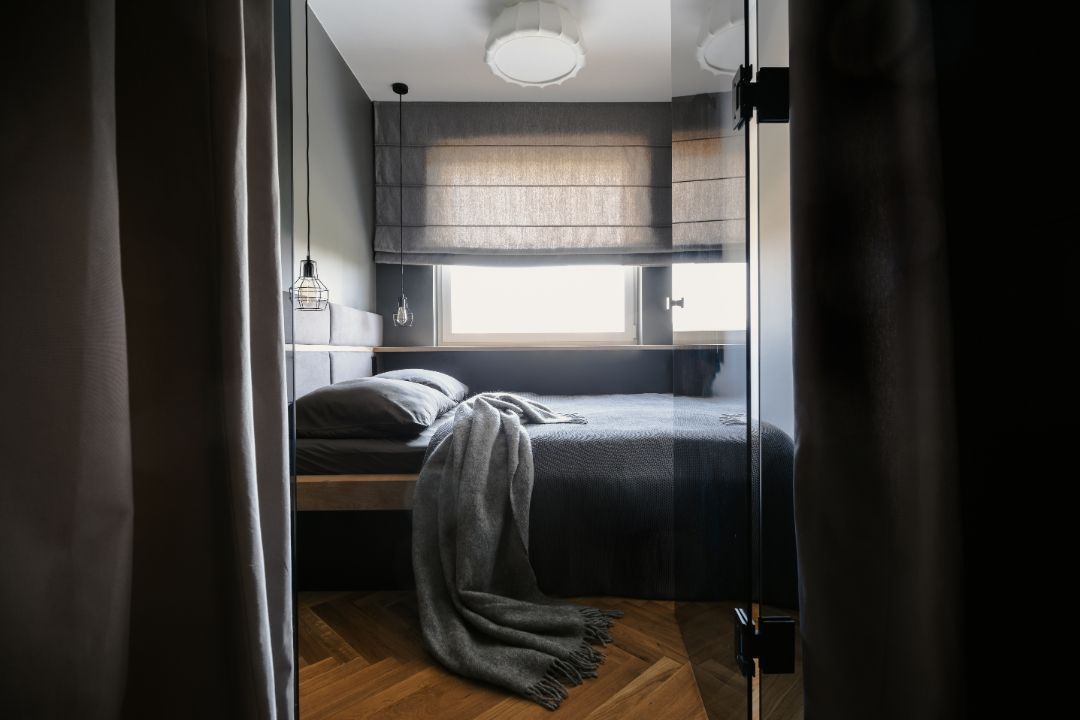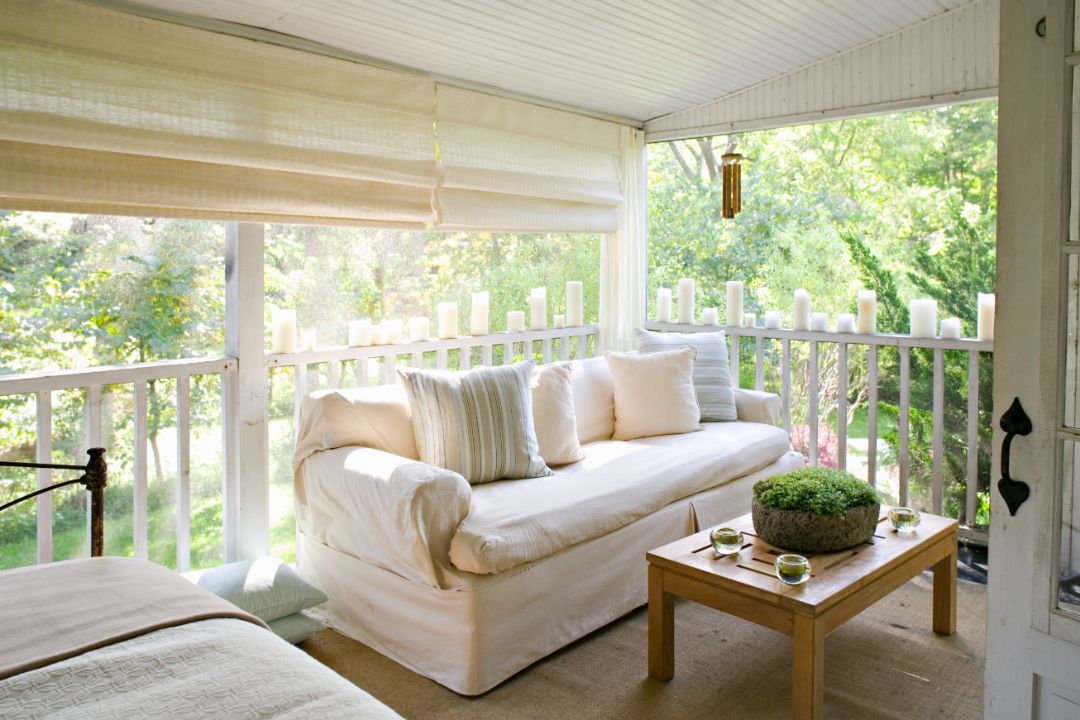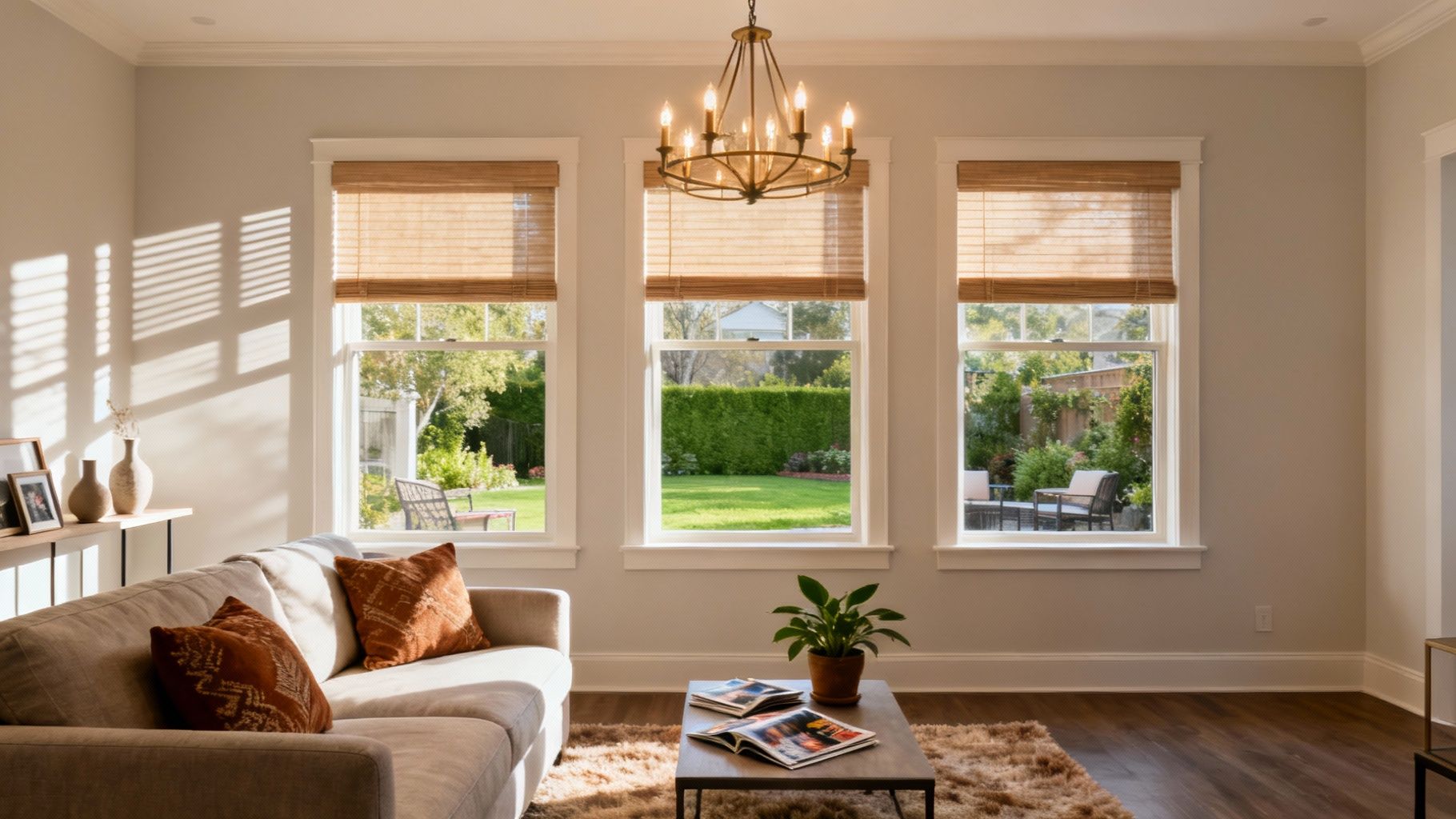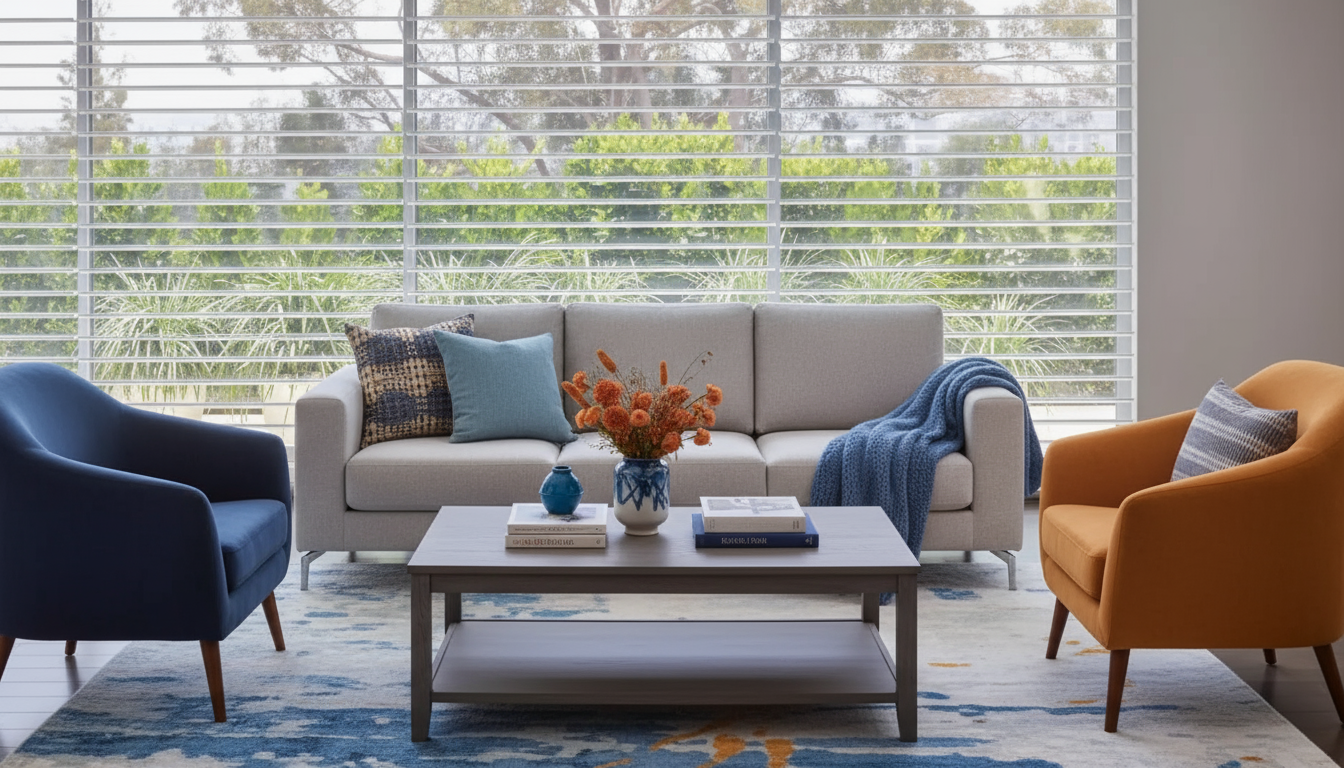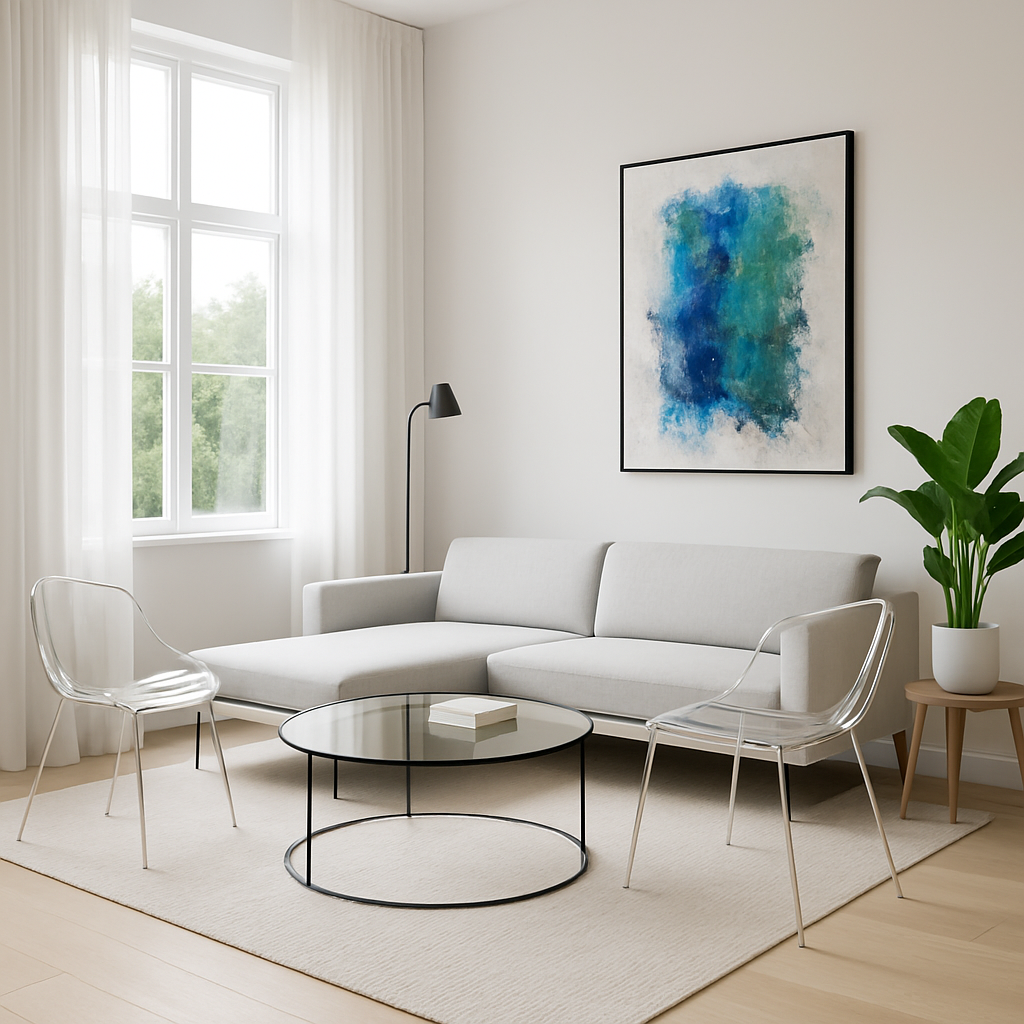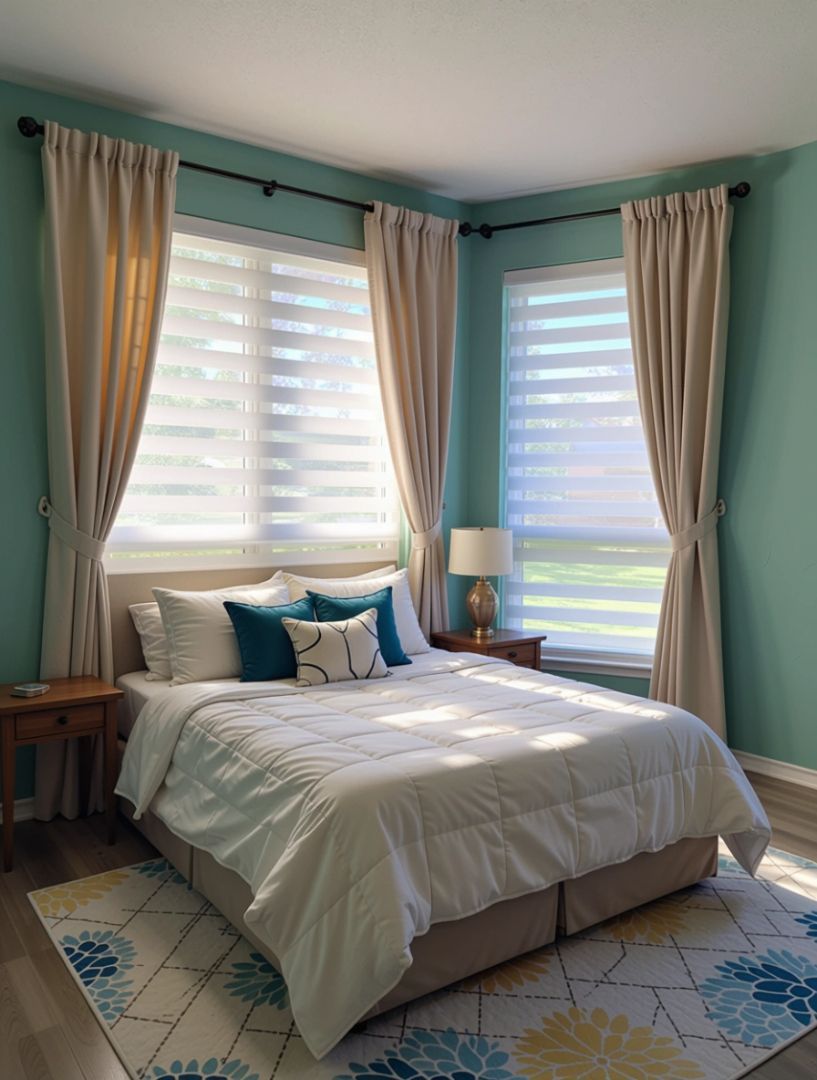Do All Window Treatments Provide the Same Level of Insulation?
TLDR;
No, not all
window treatments provide the same level of insulation. Materials, construction, fit, and how they work with your windows determine how effective they are. Cellular shades often perform best, but other treatments like thermal curtains, shutters, and layered solutions can also provide strong insulation when chosen and installed correctly.
Why Some Window Treatments Insulate Better Than Others
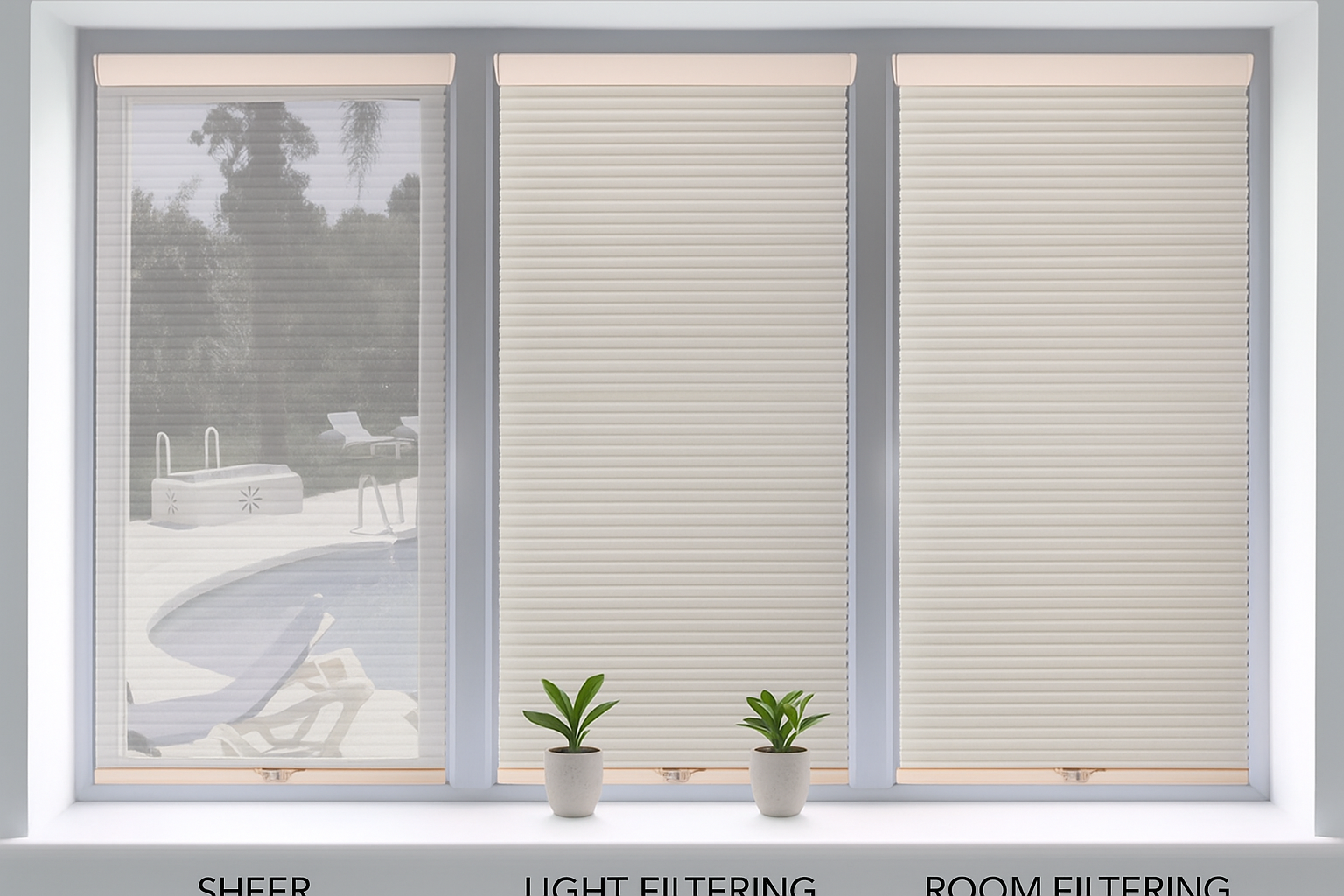
Window treatments do not all insulate equally. The design, material, and fit make a large difference in performance. Energy loss through windows can account for up to 30 percent of heating and cooling costs in a home. For Texas homes, insulation is important both for blocking heat in the summer and retaining warmth during occasional winter cold snaps.
If you're aiming to reduce energy loss, choosing the best window treatments for insulation is key. These typically include cellular shades, thermal curtains, and tightly fitted shutters—each designed to minimize heat transfer through your windows.
Material and Construction Impact
The material and construction of a window treatment decide how much thermal resistance it can provide.
- Cellular shades trap air in honeycomb-shaped cells, creating a thermal barrier.
- Thermal curtains use thick, insulated fabrics or special linings to block heat transfer.
- Wood or composite shutters provide a solid barrier between glass and room air.
- Roller and Roman shades offer moderate insulation but can improve with insulated linings.
- Window films reduce solar heat gain but do less to block drafts.
Coverage and Fit Matter
Even the best material will underperform if the treatment does not fit well.
- Side tracks on shades prevent air from leaking around the edges.
- Ceiling-to-floor drapes keep warm or cool air trapped inside.
- Treatments mounted inside the frame with minimal gaps reduce convection currents.
Interaction with Window Assembly
The type of window affects how much a treatment improves insulation.
- Double-pane windows with Low-E coatings already block more heat transfer.
- Argon-filled glass boosts thermal performance.
- Older single-pane windows benefit more from insulated coverings.
Comparing Insulation Levels of Popular Window Treatments
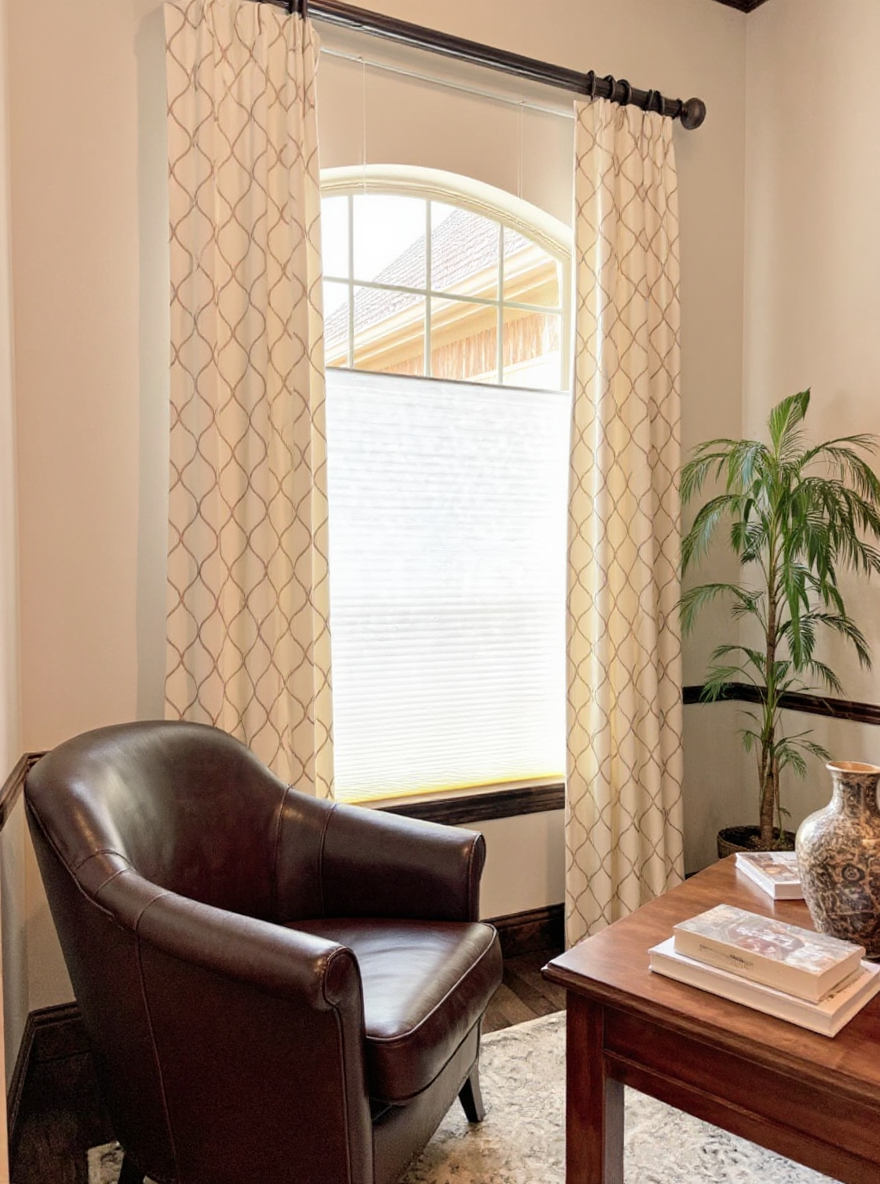
| Window Treatment Type | Typical Insulation Performance (R-Value Range) | Notes |
|---|---|---|
| Cellular (Honeycomb) Shades | 3.5 – 5.0 | Best soft treatment for year-round insulation |
| Thermal Curtains/Drapes | 3.0 – 4.0 | Works well when paired with pelmets or layered |
| Plantation Shutters | 2.5 – 4.0 | Solid barrier, tight fit improves performance |
| Roman Shades (Insulated) | 2.0 – 3.5 | Gains insulation with thermal lining |
| Roller Shades (Insulated) | 2.0 – 3.0 | Lower insulation, good for glare control |
| Window Films | 1.5 – 2.0 | Effective for solar heat gain reduction, not draft blocking |
Best Window Treatments for Texas Homes
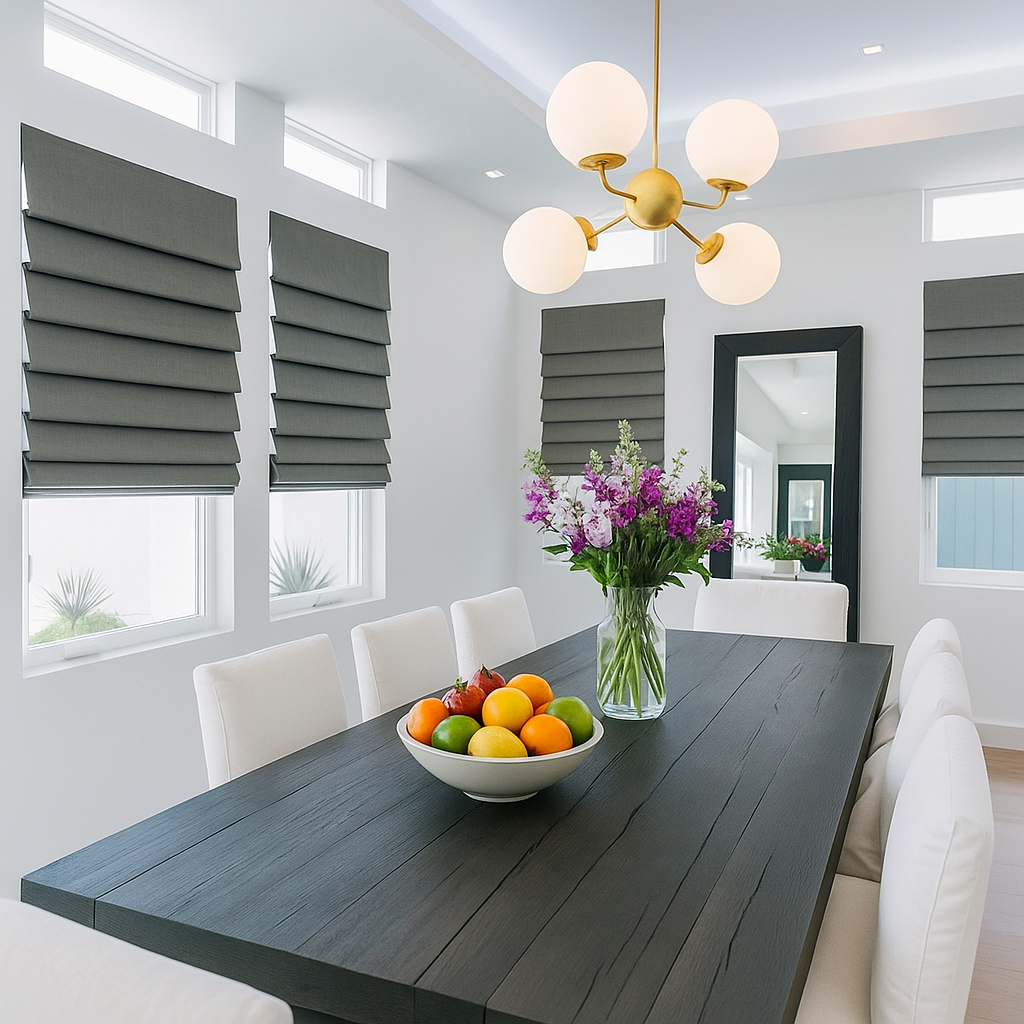
Texas has unique climate needs. Summers are long and hot, while winters are short but can include cold spells.
Love Is Blinds TX specializes in helping Texas homeowners choose the most effective window treatments for energy efficiency and insulation year-round. Our team understands the demands of the Texas climate and offers tailored solutions that maximize comfort and minimize energy loss.
- For hot summers: Light-colored cellular shades with reflective backing help block heat. Low-E films further reduce solar gain.
- For cold snaps: Heavy thermal curtains layered over cellular shades trap heat indoors.
- For year-round comfort: Layered systems allow seasonal flexibility. Combine insulating shades with decorative drapes.
Layering Strategies for Maximum Insulation
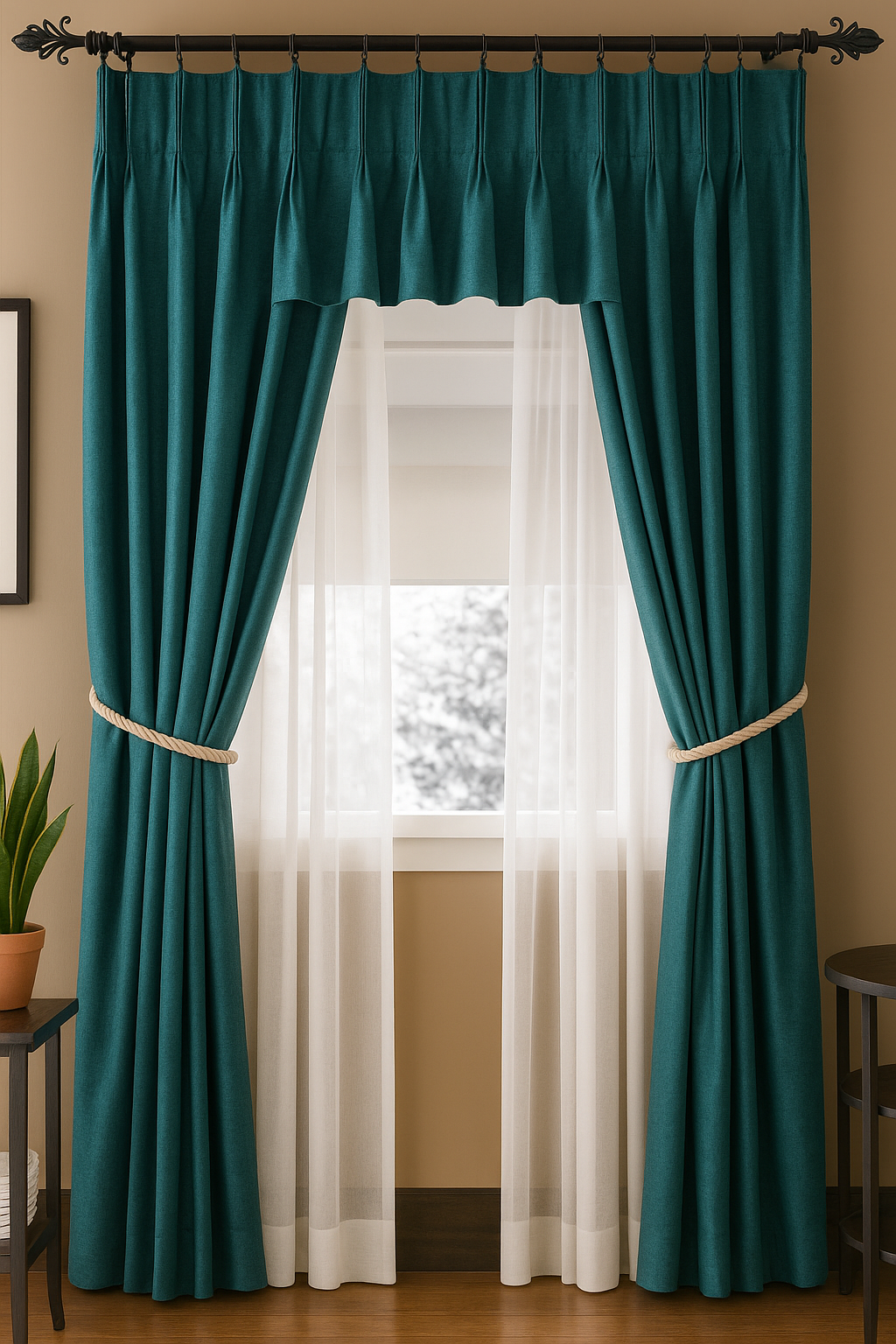
Layering increases insulation by combining different types of barriers.
- Cellular shade inside the window frame plus floor-to-ceiling drapes.
- Shutters paired with a sheer curtain for light control and insulation.
- Interior storm panels behind an insulated Roman shade.
Installation Tips for Better Energy Savings

Installation affects insulation almost as much as the product itself.
- Mount inside the frame for minimal gaps.
- Use side channels for shades to prevent edge drafts.
- Hang curtains higher and wider than the window for complete coverage.
- Pair with window sealing products like weatherstripping.
Integrating With Energy-Efficient Windows
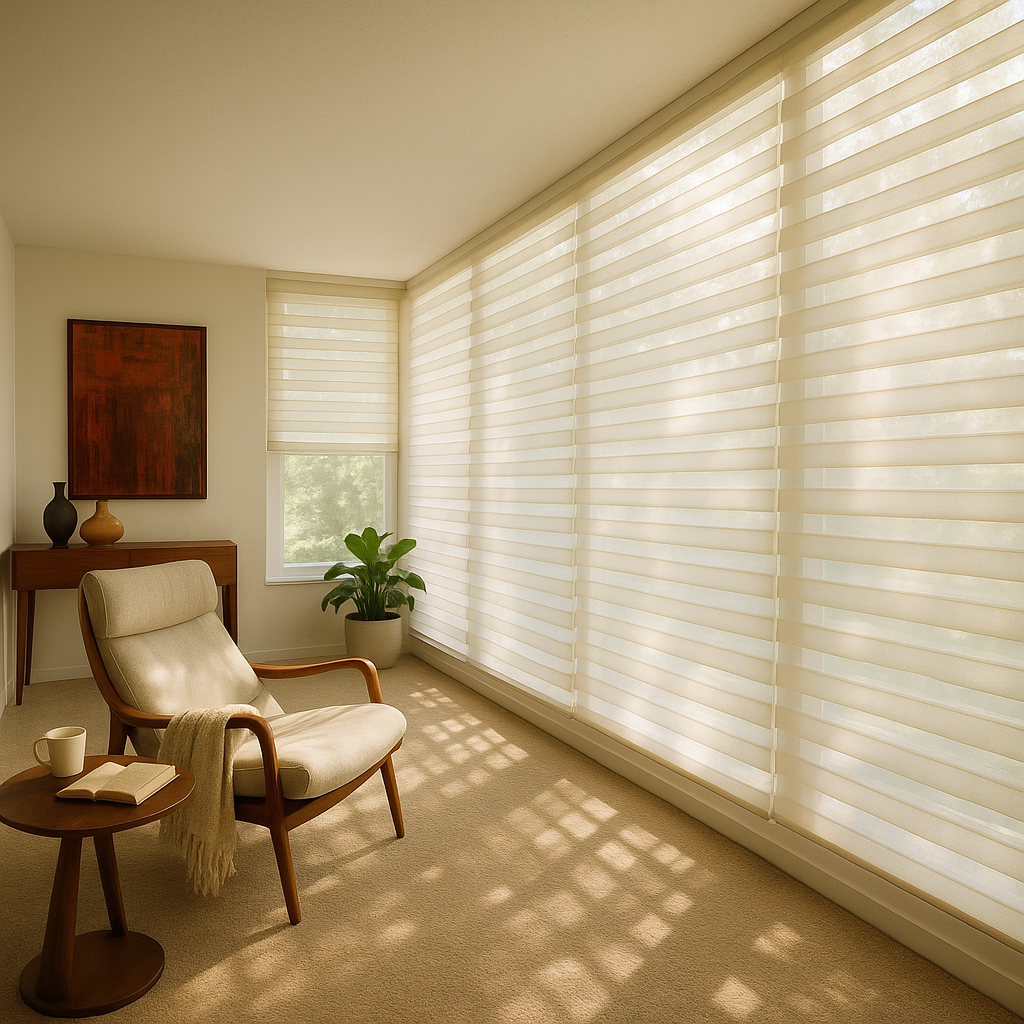
Window treatments perform best when paired with good window technology.
- Combine insulated shades with double or triple-pane windows.
- Add Low-E coatings to glass to reduce heat gain and loss.
- Use argon-filled windows to improve baseline performance before adding treatments.
Retrofit Options for Older Homes
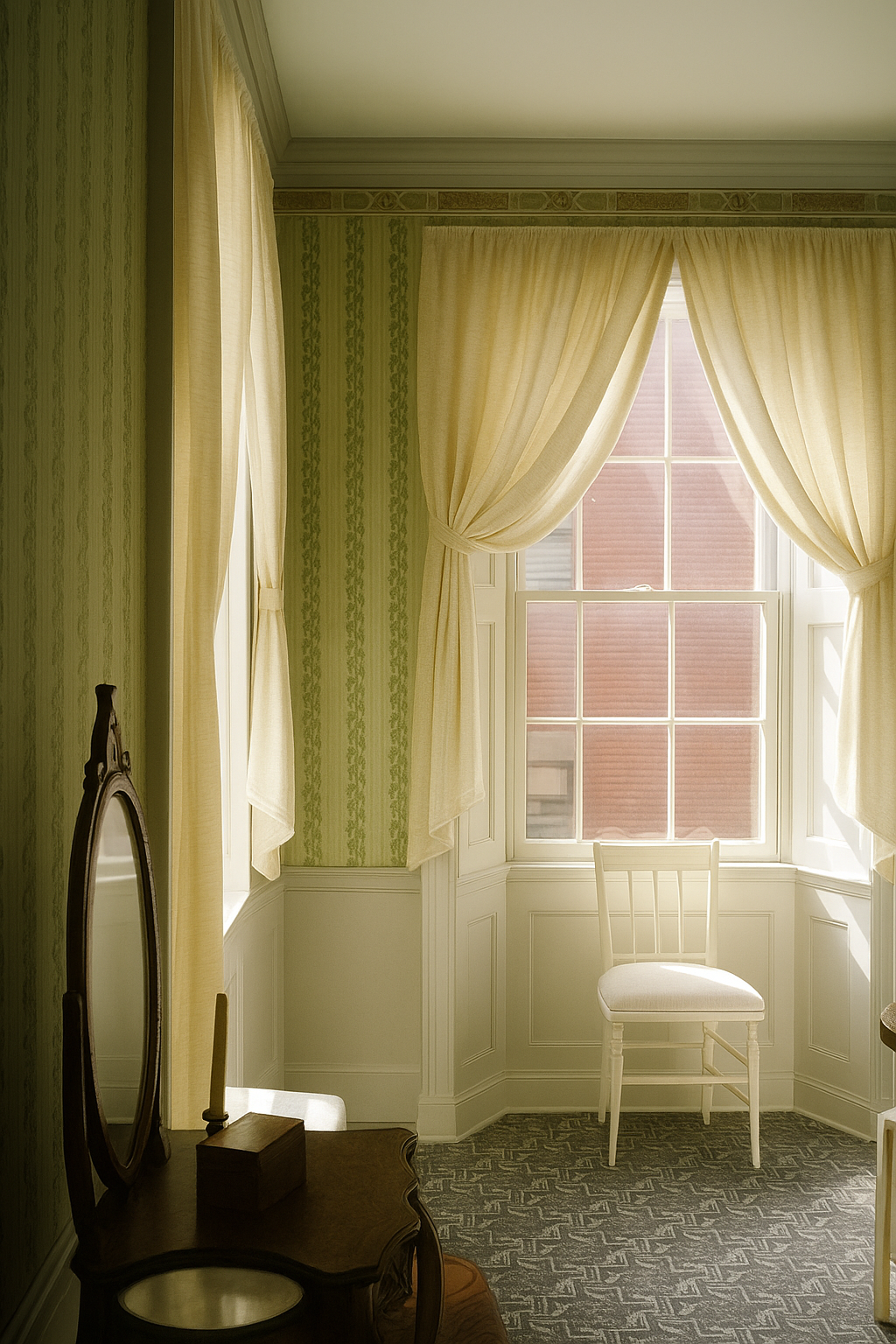
Not every home needs a complete window replacement to improve insulation.
- Interior storm panels add a second layer of glazing.
- Removable magnetic window insulation kits for seasonal use.
- Reflective window films to cut summer heat.
Smart Window Treatment Automation

Automating your window treatments optimizes insulation without extra effort.
- Program shades to close during peak summer heat hours.
- Open shades on sunny winter days to let warmth in, then close at night.
- Integrate with smart home systems for weather-based adjustments.
Cost Versus Performance
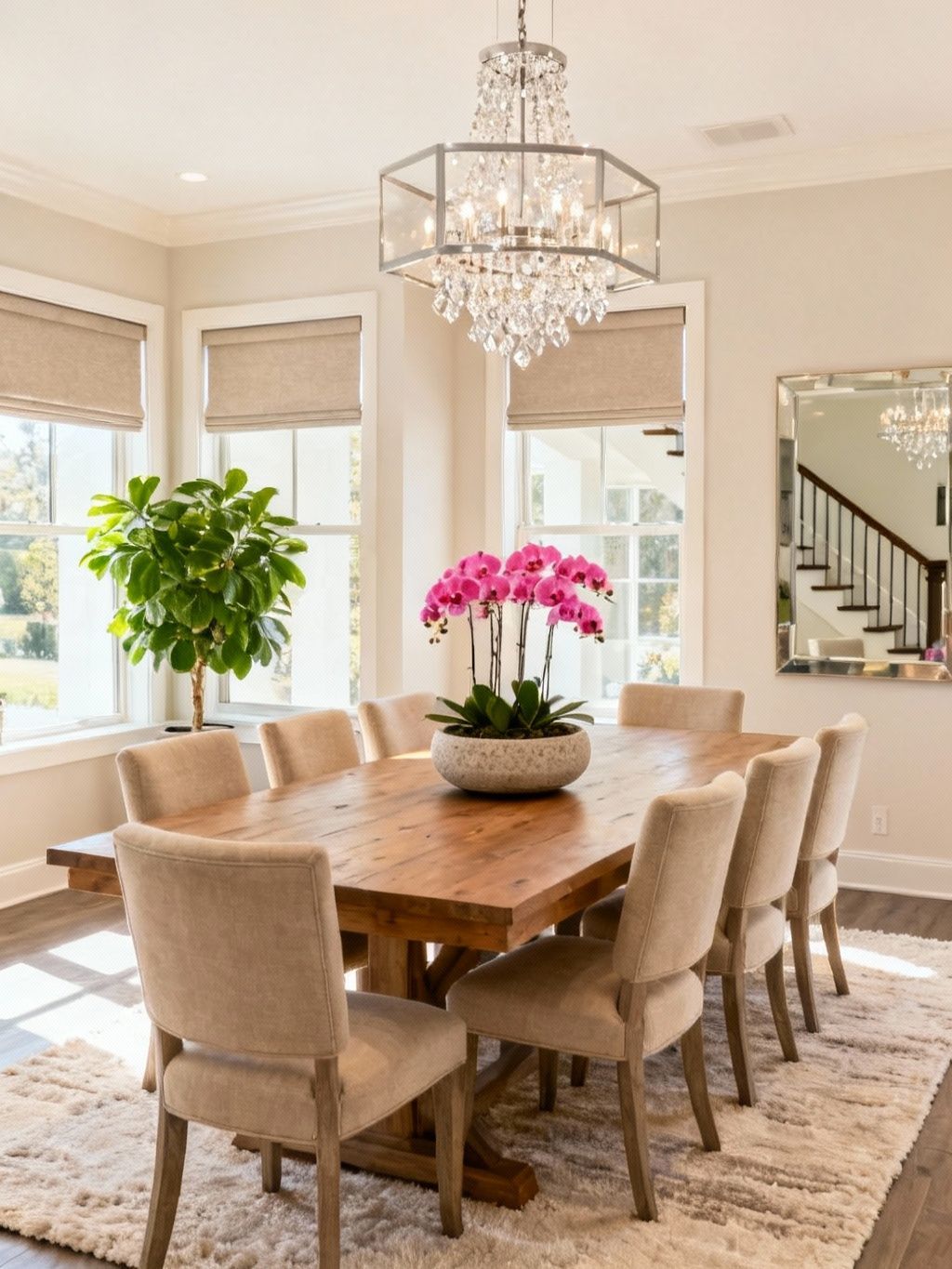
Insulation performance often aligns with price, but smart choices can balance both.
- Low cost: Window films, insulated curtains, basic blinds with linings.
- Mid-range: Cellular shades, composite shutters, layered setups.
- High cost: Custom shutters, automated insulated shades, new high-performance windows plus treatments.


